What Is the Lifespan of SSD?
Before you estimate the remaining lifespan of SSD, you need to understand what is the average life of an SSD. SSD lifespan is related to two factors: TBW and DWPD.
- TBW (Terabytes Written) indicates how much data a drive can write to it over its lifetime. For example, an SSD with 500 TBW means that the SSD can write 500 TB before it needs to be replaced.
- DWPD (Drive Writes Per Day) measures how many times you can rewrite the entire SSD per day over the entire warranty period. For example, if the DWPD is 1 and the warranty period is 5 years, you can rewrite the entire SSD once a day for 5 years before you expect it to fail.
On average, a modern SSD can survive to have about 700TB of data written to it over its lifetime. Some may live longer, some may live shorter, this is just an average.
How to Estimate the Remaining Lifespan of SSD?
The best way to estimate the remaining life of an SSD is to check the total host writes to the drive and then subtract that from the total TBW. The number remaining is your remaining TBW, which is essentially the total amount of data you can reliably write to the drive.
While SSDs also have warranties, TBW is a more precise way to represent and calculate the remaining life of an SSD.
Way 1. Use CrystalDiskInfo
To see the total host writes, you can use CrystalDiskInfo. It is a very handy little program that can be used to estimate the remaining life of your SSD. The information it provides is very informative and useful. Best of all, it is completely free to use. Here are the steps
Step 1: Download and install CrystalDiskInfo on your computer. Then launch it to enter its main interface.
Step 2: Under the Health Status section, there is a health percentage that tells you the remaining life of the SSD. The higher the health percentage, the longer the SSD will last. In addition, it will also tell you the condition of the SSD:
- Good: It means your SSD is good.
- Caution: It means that the SSD performance is degrading and you should back up your files and replace the drive before it’s too late.
- Bad: It means that the SSD has reached the end of its life.
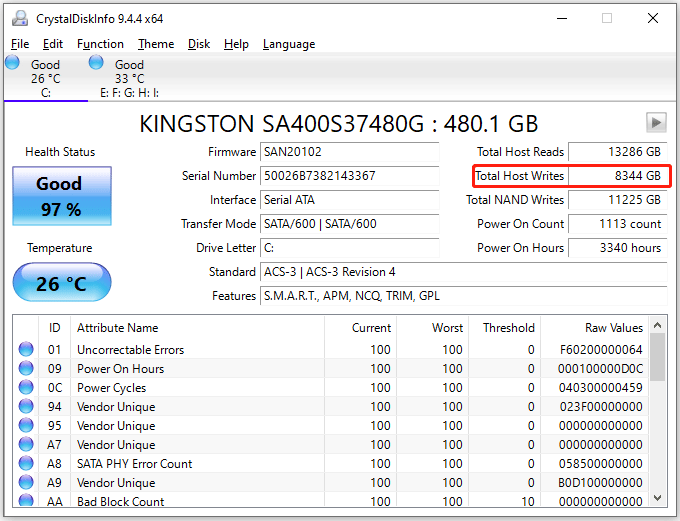
Step 3: Look at the Total Host Writes in the upper right corner. This is the total amount of data that has ever been written to this drive. In my case, it was 8344GB or about 8.1484TB.
Step 4: Now, find out the TBW of your SSD. To do this, you can visit the official website of the SSD and look at its specifications. If you have the SSD packaging, the TBW may be written there. To calculate the estimated remaining life of your SSD, just do it as follows:
Remaining TBW = Total TBW – Total Data Written.
Way 2. Use ADATA SSD Toolbox
If you are using an ADATA SSD, you can use an SSD remaining lifespan estimator – ADATA SSD Toolbox. This tool is only for use with ADATA SSD. The SSD Toolbox provides Drive Information, Diagnostics, Utilities, System Optimization and System Information.
Step 1: Download and install this SSD remaining lifespan estimator on your computer.
Step 2: On the Drive Info screen, this reports the estimated life remaining of the selected SSD. The estimated life value is based on S.M.A.R.T attributes.
Step 3: If the remaining life is lower than 10%, you should immediately transfer all data to another disk.
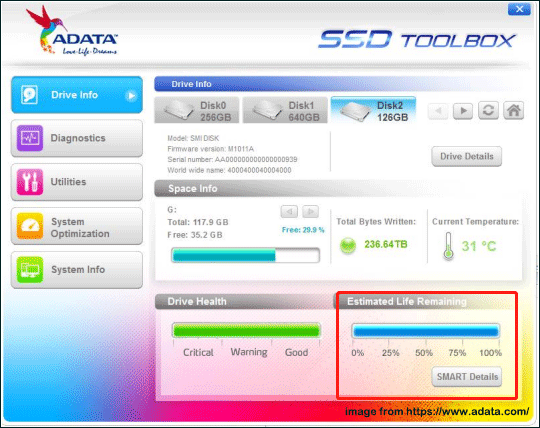
What to Do If Your SSD Is Bad?
If you detect that your SSD is failing, it may be time to back up your SSD and replace it. It is recommended to clone your SSD to prevent data loss due to unexpected issues such as SSD failure. This is where MiniTool Partition Wizard – SSD cloning software comes in. It can help you clone your SSD within a few clicks.
MiniTool Partition Wizard DemoClick to Download100%Clean & Safe
- Launch MiniTool Partition Wizard to enter its main interface.
- Select Copy Disk Wizard from the left action panel. Then click on Next to continue.
- In the next window, choose the problematic disk to copy and click on Next.
- After that, select a good SSD as the destination disk and click on Next. Then click on Yes to confirm.
- In the Review the changes window, choose the preferred copy options. Then click on Next.
- Finally, click on Finish and Apply to complete the pending operation.
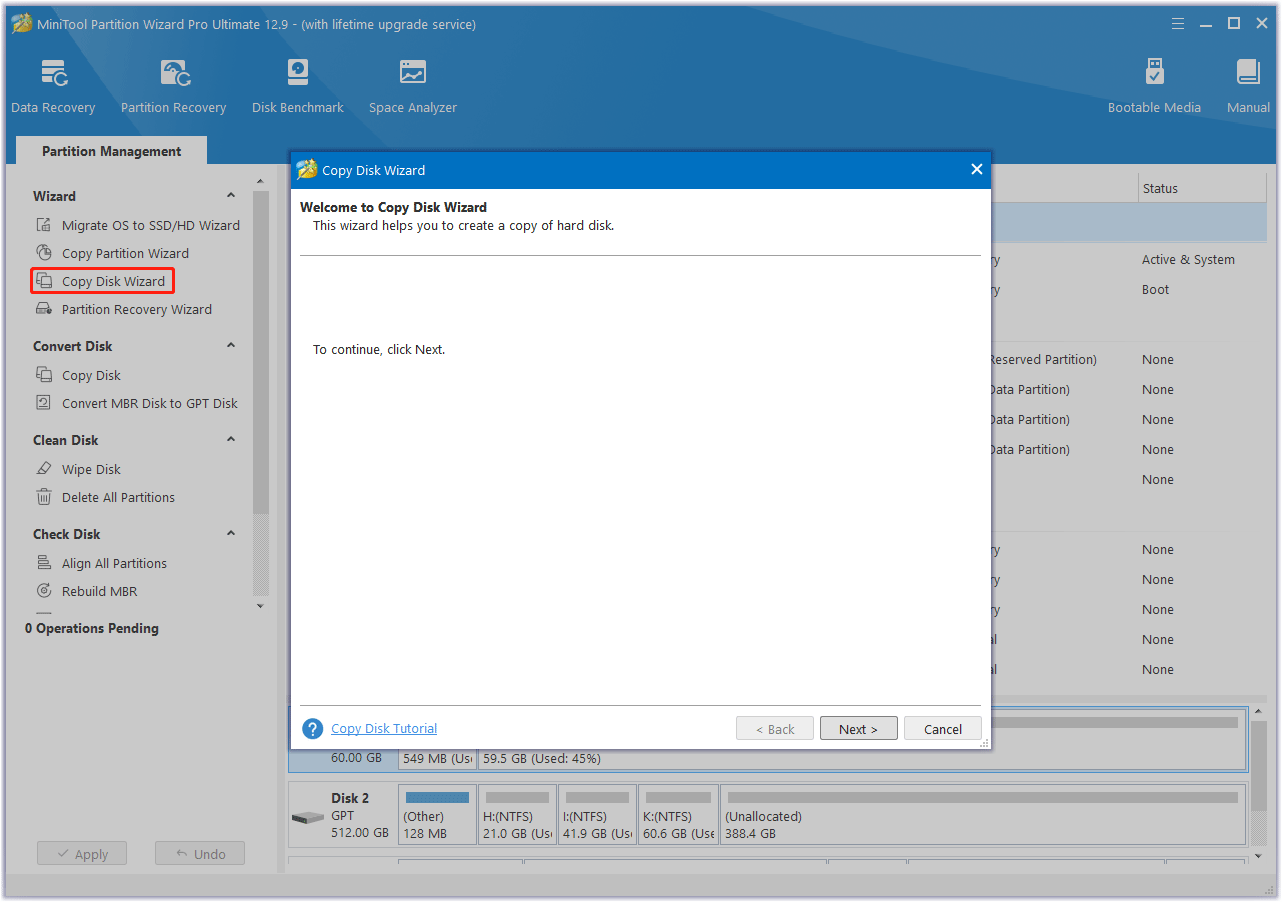
Bottom Line
How to estimate the remaining lifespan of SSD? What to do if your SSD is bad? Answers are revealed in this post. You can find them after reading this post.

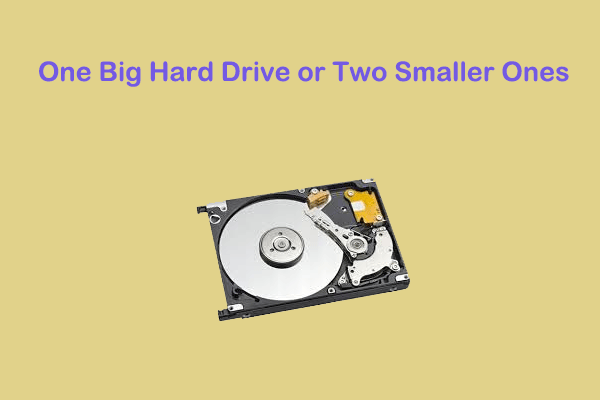
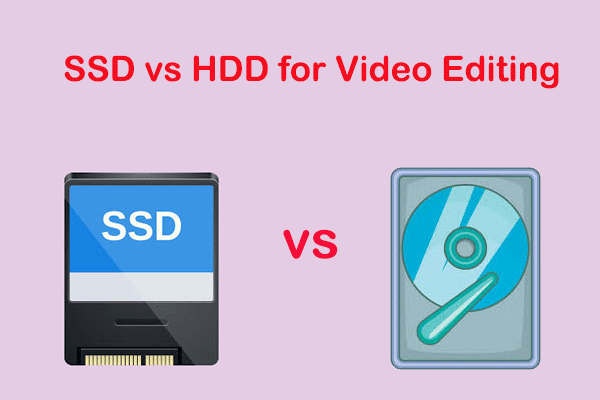
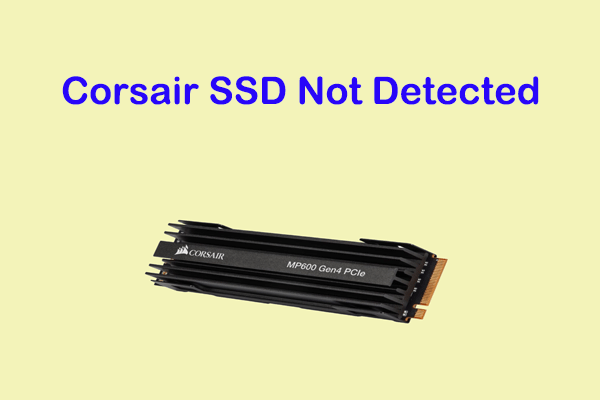
User Comments :